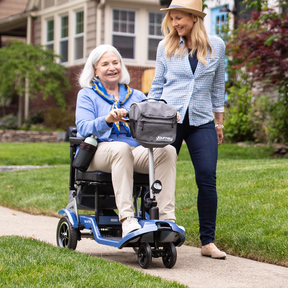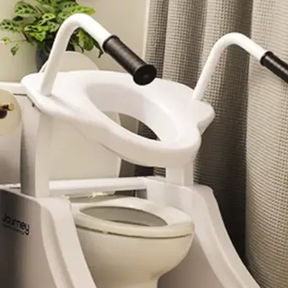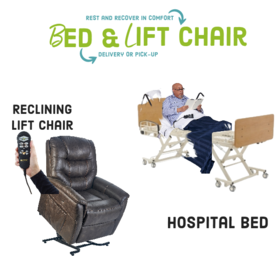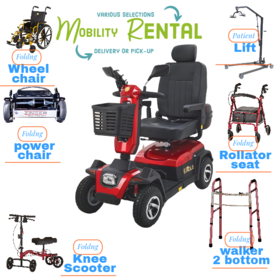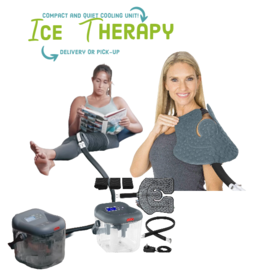Blog Understanding Spider Veins and Venous Disorders
Spider veins, also known as telangiectasia, are small and visible superficial veins that appear under the skin, less than 1 mm in diameter. They usually form a network that resembles a spiderweb and can be found in different areas of the legs, arms, and face. Spider veins develop when the valves of the superficial veins do not function properly, causing blood to flow backward and stagnate in the veins. Spider veins are early signs of venous disorder and can progress into serious venous insufficiency.
Causes of Spider Veins
Spider veins have become enlarged due to malfunctioning venous valves, which cause blood to flow back toward the feet instead of the heart. This increases pressure in the affected vessels, weakening the walls of the veins and causing them to dilate even more. Visibility of the vein on the lower extremity is not just a sign of aging; younger individuals with a genetic predisposition can also develop them. Additionally, pregnancy, prolonged standing or sitting, and being overweight can increase the likelihood of developing spider veins.
Treatment for Spider Veins
Individuals diagnosed with spider veins are advised to use compression wear after surgery. This type of wear, such as medical compression stockings, can provide regulated pressure on the leg, which helps to gently compress the walls of the veins, thus improving blood flow back toward the heart. This can result in reduced venous pressure and better blood circulation, relieving symptoms, preventing the formation of new spider webs, and decreasing the risk of developing blood clots. Suppose spider veins are removed for cosmetic purposes. In that case, the preferred treatment is sclerotherapy, an ultrasound-guided procedure that involves the injection of a foaming agent or sclerosant to occlude the vein. Compression stockings should be worn after the process to achieve the best possible outcome.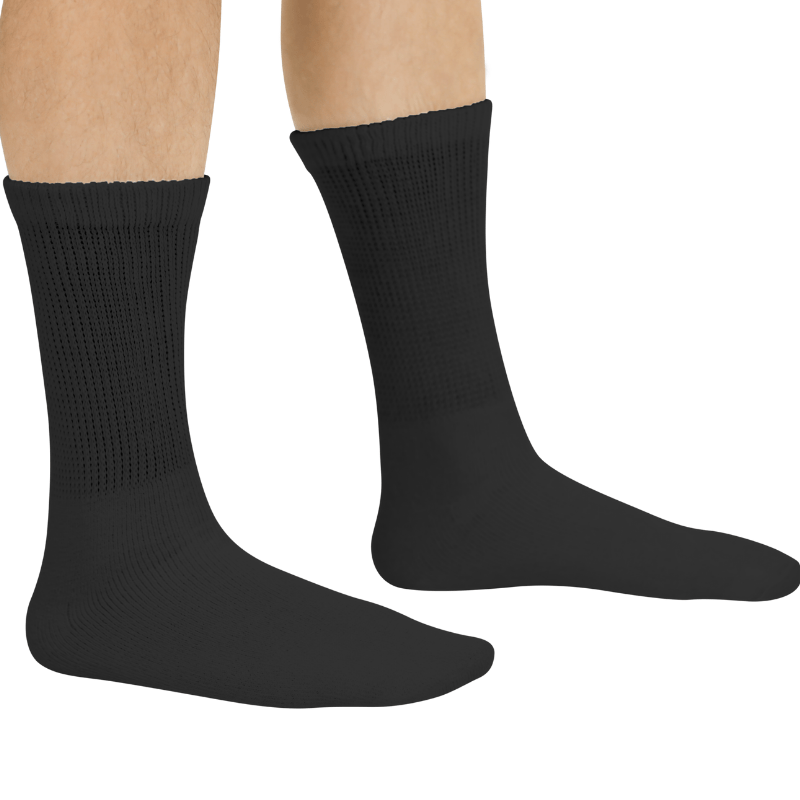
Consult with healthcare providers specializing in aesthetic medicine, such as dermatologists, aestheticians, and plastic surgeons, for recommendations.
As spider veins are mainly a cosmetic concern, an interprofessional team involved in aesthetic medicine, including dermatologists, aestheticians, and plastic surgeons, should be consulted. Seek treatment from your provider, who can then refer you to a dermatologist or plastic surgeon.
To address vein-related issues, non-modifiable risk factors such as age, sex, ethnicity, and gravidity cannot be changed. However, measures can be taken to address modifiable factors such as maintaining a normal body mass index, a smoking cessation program, staying active, and avoiding tight clothing near the area where veins can help.
Understanding Venous Disorder
Chronic Venous Disorder (CVD) is a persistent condition in which there is an impediment to the return of blood through the veins. If not addressed, it may lead to serious complications, such as phlebitis and pulmonary embolism. Also, acute venous disorders may also arise, including superficial thrombophlebitis, deep vein thrombosis (DVT), pulmonary embolism, post-thrombotic syndrome, and variceal bleeding. Prompt medical intervention is necessary for acute venous disorders. The CEAP classification system is utilized to identify the various presentations of CVD.
Tags
- contest
- event
- supplies
- design
- brand
- video
- Compression
- upright walker
- four wheel walker
- rollator
- wheelchair
- Ostomy
- elegantly
- elegantly
- accessibility
- Mobility
- knee walker rental
- knee scooter sales
- knee scooter
- post operative shoe
- anti-embolic stockings
- pain management
- cryotherapy therapy
- hot cold compress
- compression stockings
- lift chair
- wound Care
- air purifier
- fall prevention
- cushion
- oxygen therapy
- cpap, bipap
- Hospital Bed
- Life Aide
- EMS
- recovery
- splint
- knee brace
- Bathroom
- patient lift
- medical supply
- Wound dressings
- Lightweight Wheelchair
- hospital beds for sale
- sky medical supplies rentals
- compression socks
- Adult Diapers
- Rollator Walker
- Bed Wedge Pillow
- Hospital beds
- Patient Lifts and Slings
- Portable Oxygen Concentrator
- Patient Lift Slings
- knee scooter rental
- folding mobility scooter
- mobility scooter
- medical shoes
- raised toilet seat
- hospital beds for rent
- lift chair recliner
- chair lift
- electric wheelchair
- Power Lift Recliners for Elderly
- Senior Walkers
- Bedside Commodes
- whill wheelchair
- compression hose
- Whill Electric Wheelchairs
- Bariatric Wheelchair
- Recliner Chairs with Lift
- Colostomy Bag
- Crutches
- Medical Wedge Pillow
- skin barrier tape
- Post Surgery Ice Machine
- Bedside Commode
- chair lift recliners
- cane holder scooter
- lift chair prices
- drop arm commode
- rollator walker with ergonomic seats
- Hospital Bed Rental
- Wheelchair Tray
- Golden Technologies Lift Chair
- Nova GetGo Junior Rollator
- power lift recliners
- Knee Scooters and Crutches:
- stand up walker for seniors
- stand up walker as seen on TV
- Women's Walking Canes
- Knee Immobilizers
- Bed Wedge Pillow
- Medical Supply Stores
- Sit to Stand Lifts
- Grab Bars
- Compression Gloves
- incontinence bed pads
- Lift Reclining Chair
- Knee Walker Scooters
- Hernia Belt Near You
- Mobility Scooter Stores Near Me
- Folding Knee Walker
- Oxygen Concentrator Store
- Inogen Battery
- Electric Bed Frames
- Placing Lift Chair
- diaper brief
Related Posts
Get weekly articles in your inbox on the latest medical supply news, exclusive deals, and helpful health tips.

